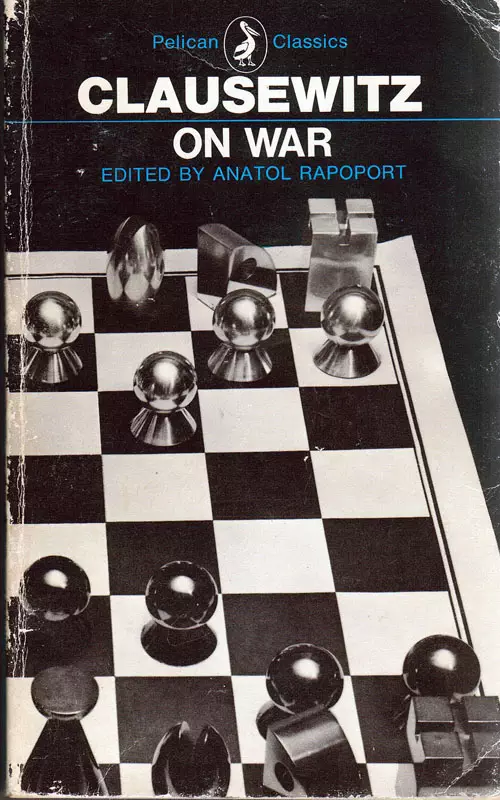Clausewitz’s Friction and Project Management
A reader requested more clarification and examples of Clausewitz’s friction in business. Project Management is excellent for this because of its detailed planning, more so than Strategic Planning. In Project Management, friction shows most measurably in two ways:
- Friction = Actual cost – Budget
- Friction = Actual completion date – deadline
Despite detailed planning though, cost overruns and delays frequently appear, especially in extremely large projects as the article, “Overdue and Over Budget, Over and Over Again” (The Economist, June 11, 2005 edition), highlights. The article “Six Myths of Product Development” (Harvard Business Review, May 2012 edition) by Stefan Thomke and Donald Reinertsen goes even further to enumerate six myths of Project Management, giving us a flavor for the challenges and “friction” in them:
- High utilization will improve performance
- Processing work in large batches saves money
- Assuming the plan is great and problems are with execution
- The sooner we start the sooner we finish
- More features begets increased client satisfaction
- Getting it right the first time increases success
In relating all this to Clausewitz’s four sources of friction we find:
- Difficulty and danger: the cost overruns and exceeded deadlines could threaten the viable of the project not to mention the jobs and careers of those involved
- Physical effort: the amount and type of work is often difficult to coordinate efficiently thus necessitating Project Managers
- Ambiguous information: incomplete, unknown and changing information can necessitate reassessing the initial plan, budgets and deadlines
- Multitude of participants: many people with different skill sets and levels can work on these projects, including a hierarchy of Project Managers
The application of Clausewitz’s friction to Project Management is similar to saying that our joints are more susceptible to injury than our bones. In our plans, certain points are more likely to cause cost overruns and delays than others are.
Related post: Clausewitz’s Friction: Difference between Plans and Reality


